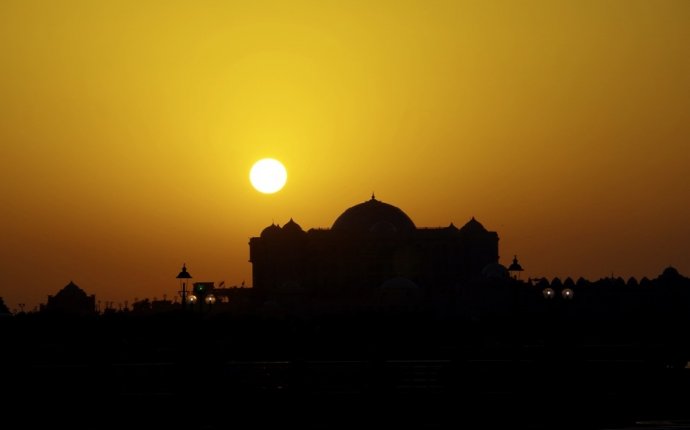
Ayurvedic History
The word Ayurveda has derived from AYU and VEDA. AYU means life VEDA means Science or knowledge. That means the science of life. Charaka defines "That science is designated as Ayurveda where advantageous and disadvantageous as well as happy and unhappy states of life along with what is good and bad for life, its measurement and the life itself are described " (Charaka Sutra 1 - 4) Ayurveda embrace all living things, animate and inanimate. It is divided into three main branches Viz. Nara Ayurveda dealing with human life, Satva Ayurveda the science dealing with animal life and its diseases, Vriksha Ayurveda the science dealing with plant life its growth and diseases. When one goes deep into the science of Ayurveda, it is clear that this is not only a system of medicine but a way of living for complete positive health and spiritual attainments. Ayurveda believes that the highest wealth one get is health. Righteous life, (Dharma), Wealth (Artha), fulfillment of desires (Kama) and attainment of salvation (Moksha), all these four factors depends on a healthy life. Swasthya (Health) is defined as (a) Dosha Dhatu samya (well balanced metabolism) plus (b) Prasanna Atma, Indriya, Manah (a happy state of the being, the senses and the mind) sense here mean the five organs of perception Gana Indriya (smell, taste, sight, touch, and hearing) coupled with the organs of action Karma Indriya namely mouth, hands and feet, organs of excretion and reproduction.
The origin of ayurveda dates back to the Vedic era. Some historians say that ayurveda is a part of Atharva Veda. In Athavaveda too there are hyms which mention medicine for various diseases. Medicines like Accorus calamus, Phylanthantus embolic are mentioned. The systematized form of ayurveda dates back to the Rishi conference which was held in the place called Chityarata in the foot hills of Mount Himalaya. The great book on ayurveda Characa Samhita gives a detail description of the Rishi conference Rishis are great learned people like the great scientists of today. But with a deference. They are enlightened and refined persons who are absolutely free from the predominance of Rajas and Tama by virtue of the power of penance and knowledge and who are always in possession of an uninterrupted knowledge pertaining to past, present and future and known as authorities (Aptaos). They are also known as gentleman (Sista) and enlightened (Vibudha) persons and their words are considered free beyond any doubt. When diseases were more prevalent these learned scientist called all the scientists of India and neighboring countries like Sri Lanka and of Greater India. A list of the names of scientists who attended the conference is also given in Charaka Samhita. At this conference all the scattered knowledge was collected and 8 schools of thoughts were originated. The main are the school of internal medicine, school of surgery and school of pediatrics. Agniveshas book on internal medicine became the authoritative text. Today it is known as Characa samhita. Susruta's book on surgery became the authoritative text of that subject. Kashyapa's book on paediatrics became the standard book of the subject. There were books written on other subjects like toxicology, ENT diseases etc; but they are lost and are unable to find to in this day. Nevertheless certain portions of some of these books are found.














